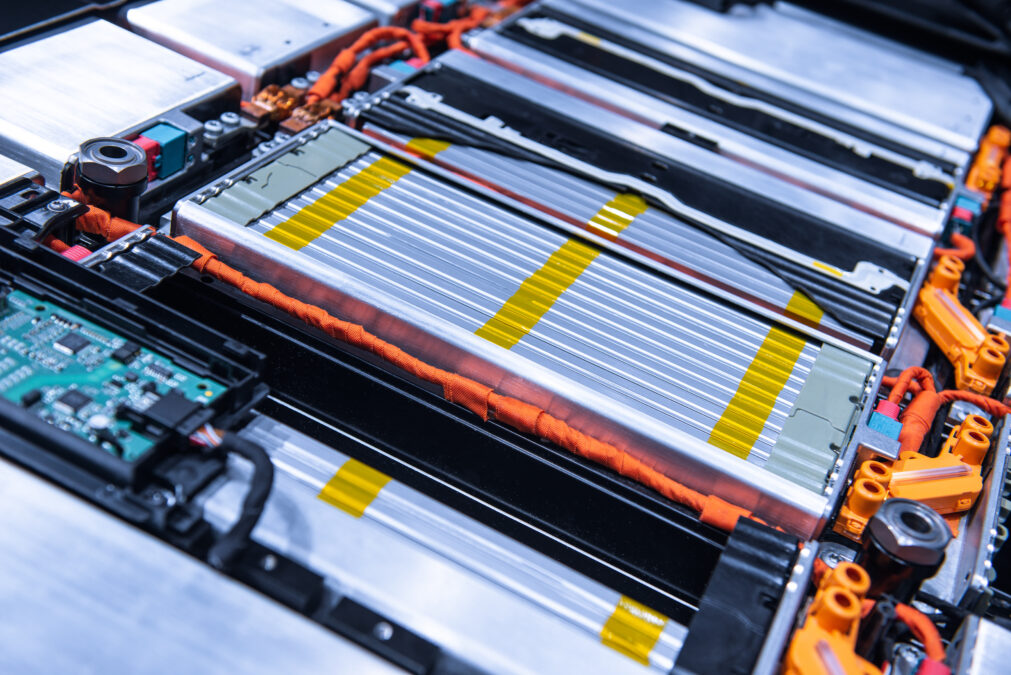Not a day goes by without artificial intelligence (AI) and machine learning (ML) making headlines. The development of autonomous technology is arguably one of the most anticipated aspects of AI. The partially autonomous car is already a reality, with full autonomy in the advanced testing stage. In the race to achieve the accolade of first country to make autonomous driving a reality, the pressure is on. The UK has long been a contender, with on-going government backing, together with campaigns and investment from the world’s leading technology corporations.
The connected and automated vehicles (CAVs) market in the UK is estimated to be worth £52 billion by 2035. While the UK government recently announced the development of a process to support the advanced trial of automated vehicles, safety and trust in autonomous vehicles remains a major area of concern and is pivotal to its success. If the UK’s desired status as the global leader of safe and responsible automated vehicle testing is to be achieved, it is critical that rigorous safety assessments be passed.
The mantle to achieve this goal falls upon companies creating driver assistance solutions, where innovation spans across a number of areas, including collision avoidance, parking assistance, lane keeping assistance, and more.
But how close is AI technology, at the core of autonomous vehicles, to fulfilling the commitment of fully driverless, safe cars on UK roads? In 2017’s budget announcement Chancellor Phillip Hammond originally declared the somewhat debateable timing of 2021 as the deadline for achieving this. So how can current challenges and shortfalls be addressed to help reach this goal in the very near future?
Key challenges
Automotive organisations are under tremendous time and financial pressures to deliver a fully vetted, safe solution in advance of competitors.
The fundamental linchpin in the advancement and refinement of these AI solutions is the ability to build simulations made possible by the development of applications for analysing massive volumes of test vehicle data captured from video and real-time sensors. Typically, this data is ingested in enormous quantities by a scale-out NAS (Network Attached Storage) platform for analysis and simulation building. The success of machine learning for CAVs (and ultimately their safety), directly relies upon the number of simulations or scenarios that can be processed. But the reliability and scalability of mission-critical clustered NAS storage systems is a major challenge for companies developing AI for autonomous vehicles. Techniques such as Hardware-in-the-Loop (HiL) simulations used for testing control systems, which require high-performance NAS storage, will, therefore, be vulnerable to these issues.
Preparing for an autonomous vehicle future
As effective machine learning equates to the processing of enormous quantities of data, reliable IT systems with the assurance of efficient performance are vital to success. And there are high expectations from customers and partners of CAV organisations, who require millions of successful simulation/analysis minutes to be delivered by tight deadlines.
If there is an interruption to the streaming of data required, or should a simulation fail due to IT infrastructure problems or a performance issue, then recovering the data in time can rapidly turn into a prohibitive problem. Finding the source of any number of performance latency issues, presents a significant challenge for CAV suppliers, who are working against the clock.
The use of vendor-specific monitoring tools that would typically be utilised here, lack the granular visibility of workload behaviour across the data centre infrastructure and are unable to pinpoint problems for timely resolution. For CAV organisations, time-to-market of a vetted solution ahead of the competition can mean billions in won or lost revenues.
So how can automotive organisations proactively get ahead of any potential slowdowns and outages to ensure that infrastructure and simulation performance runs at optimum levels in order to meet stringent AI requirements and testing deadlines?
Achieving AI simulation assurance
A good starting point would be to conduct an infrastructure performance assessment (IPA), a services engagement involving the gathering of actual production workload behaviour to ascertain the health, utilisation and performance of the end-to-end infrastructure, including servers, networks and storage. This is where application-centric infrastructure monitoring platforms can be a vital platform for automotive suppliers.
An application-centric IPM (infrastructure performance management) solution performs non-disruptive, agentless data collection, analysing the results of actual production workload behaviour, to intelligently deliver data-driven simulations to make recommendations to improve the performance and availability of the environment. The key difference of this approach lies in its ability to empower IT teams to comprehensively visualise, manage, and better understand the correlation of highly complex systems and dependencies in the context of critical applications and workload behaviour across the entire multi-tenancy environment.
7 ways driving simulators are influencing the design of new cars
In addition, the capabilities of a workload modelling and performance validation platform will enable evaluation to build I/O simulations based on accurate workload profiles for testing the networked storage infrastructure. This combination ensures a significant amount of simulations can be run per day to test new AI advancements against safety parameters properly, to be assured of success before proceeding.
In this way, infrastructure bottlenecks that could occur as a result of misconfiguration or spikes in demand can be rapidly eradicated so that the number of simulations can be vastly increased to meet required timeframes.
Application-centricity equals efficiency
Armed with these capabilities on an on-going basis, automotive suppliers will be able to be much more responsive to new requirements and market opportunities. This will permanently free up resources and IT staff from the reactive troubleshooting of performance issues, to allow them to focus instead on increasing the efficiency of testing to meet strict deadlines.
Smart car: Who will win in the battle for the data centre on wheels
The risk of storage infrastructure changes can be substantially reduced, with any performance issues quickly spotted and proactively eliminated, allowing operations to scale as needed. By streaming I/O throughput to simulation servers, time to market can be significantly improved, increasing market share and customer satisfaction through the delivery of more dependable and timely test results. By real-time data capture and granular visibility of the infrastructure, not only can CAV organisations avoid performance and latency issues, but they will also be able to right-size their deployments to optimise CAPEX while allowing internal IT teams the resources to focus on improving OPEX.
The use of an application-centric Infrastructure Performance Management approach in this way can ultimately support AI goals in not only helping to build consumer trust in the safety of fully autonomous vehicles,but also expedite its reality.

Written by Chris James, Marketing Director EMEA, Virtual Instruments







